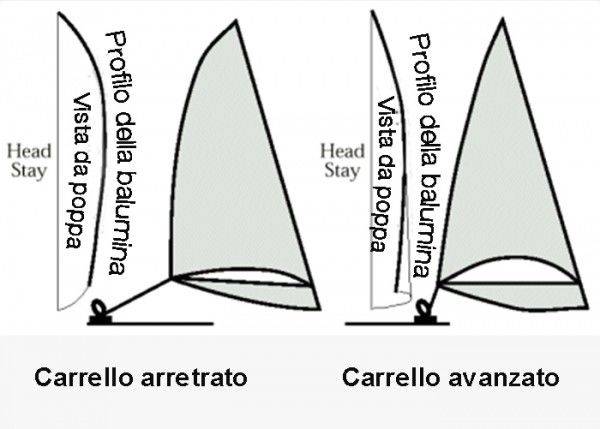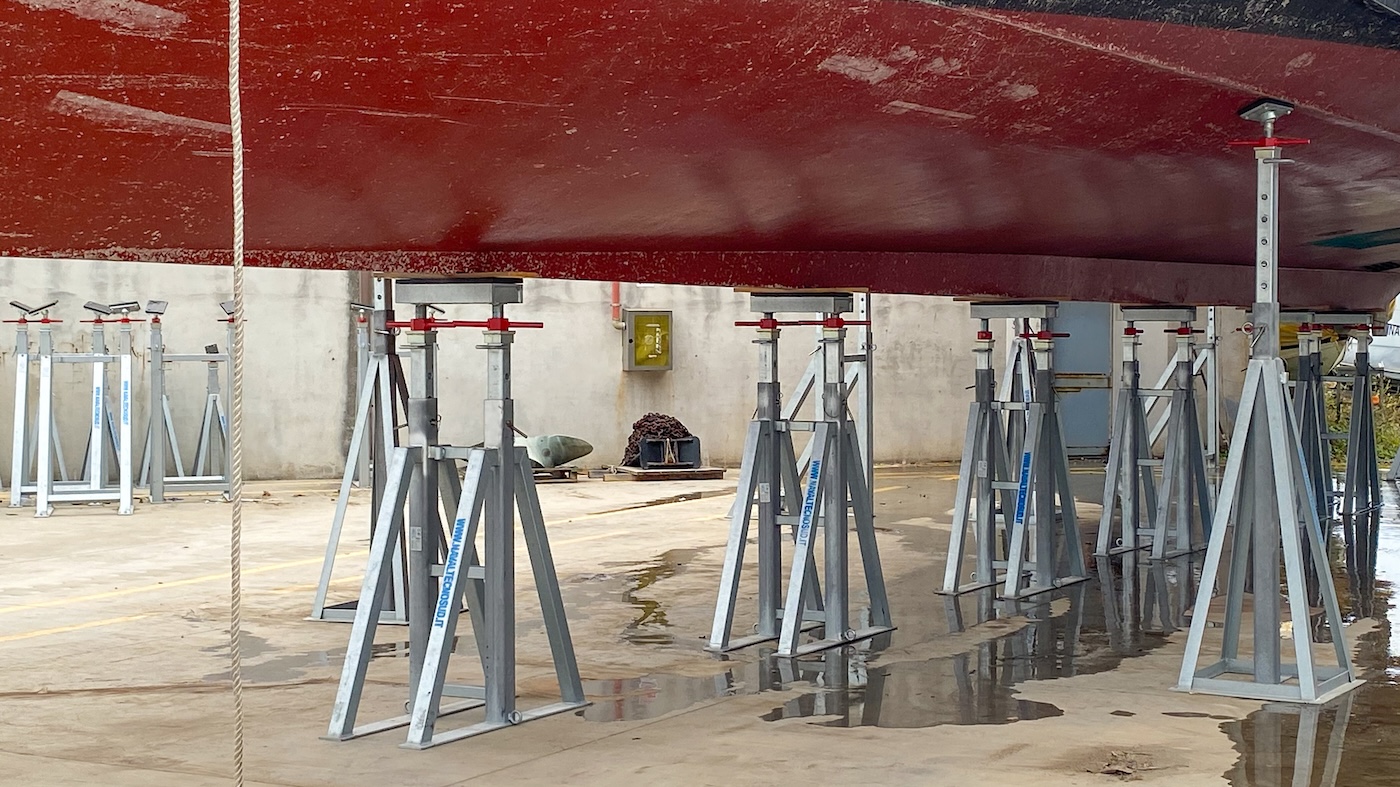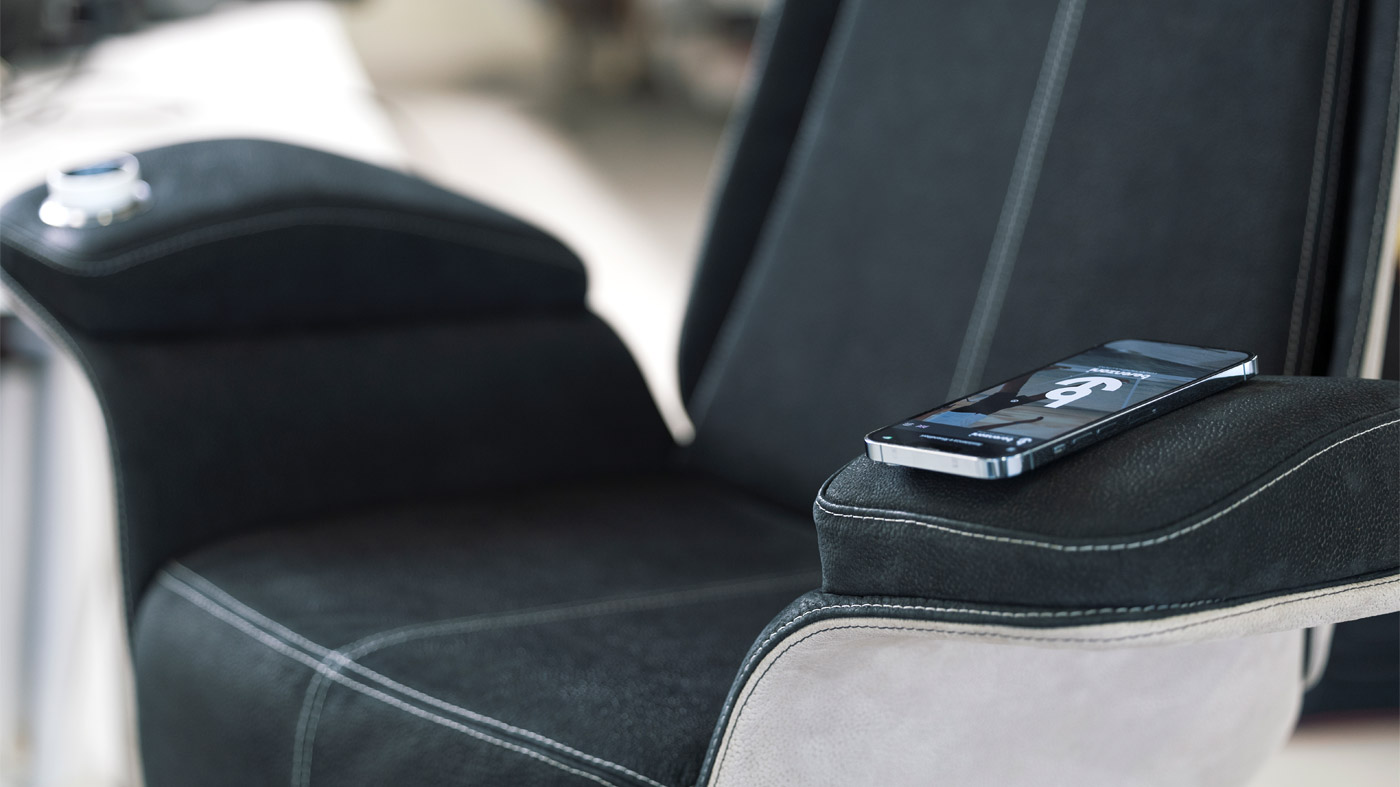Regolare il Genoa. Orzo, “cazzo.” Si va bene ma…
Regolare una vela con la scotta a seconda delle andature e’ cosa buona e giusta. Anzi fondamentale.
Ma non e’ sufficiente
Cazzare quando si orza e lascare quando si poggia rappresenta la regolazione base. Ma esistono altre possibili regolazioni che possono cambiare la vita in termini di assetto e velocita’. Ad esempio quella del carrello.
Il lavoro del carrello e’ semplice ma molto importante: sposta avanti o indietro il punto di scotta del genoa per modificare la sua forma in funzione della direzione e intensita’ del vento. Prima regola generale: di bolina il carrello viene arretrato, quindi spostato verso poppa e nelle andature portanti avanzato, quindi spostato verso prua.
Nello stesso modo, e sempre in termini generali, quando navighiamo in andature dal traverso alla bolina, con vento forte arretreremo il carrello, con vento debole lo sposteremo in avanti. Questi movimenti infatti modificano la forma del genoa, rendendolo piu’ o meno grasso (quando si avanza il punto di scotta si ingrassa chiudendo la vela e approfondendola, quando si arretra si smagrisce appiattendo la vela e aprendo la parte superiore) rendendolo piu’ adatto alle condizioni di navigazione.
Ma come si deve regolare? Proponiamo anche qui una prima regoletta generale. In linea di massima una buona posizione del carrello fa si che la scotta sia il prolungamento di una retta immaginaria che parte da meta’ dell’inferitura e raggiunge la bugna, ossia il punto in cui e’ applicata la scotta.
L’obiettivo e’ quello di fare in modo che tutti i filetti (indicatori di flusso), sia quelli alti che quelli bassi, nelle andature dal traverso alla bolina, siano tutti contemporaneamente orientati in modo corretto paralleli alla coperta.
E nelle andature lasche? Qui i filetti non ci aiutano piu’. Allorra teniamo presente che il movimento del carrello agisce esenzialmente sulla balumina ( la parte verticale della vela) e sulla base. Se spostiamo avanti il punto di scotta, la balumina si tende e la base si allenta. Risultato: il genoa diventa piu’ profondo e potente spostando il grasso verso prua. Se il punto di scotta viene spostato indietro, la base va piu’ in tensione e la balumina si allenta, appiattendo la vela che si smagrisce e si apre nella parte alta, scaricando pressione e riducendo cosi, nel caso di una bolina, lo sbandamento.
Quindi nelle andature portanti e’ bene trovare un compromesso, osservando balumina e base, in modo che non siano tiratissime al limite della rottura, e osservando gli effetti sulla barca in termini di rendimento.
Quindi come si procede nella pratica?
Regoliamo il genoa con la scotta a seconda dell’andatura in modo che i filetti nella parte bassa della vela siano paralleli fra loro e alla coperta.A questo punto osserviamo il filetto sopravento nella parte alta. Se stalla portiamo indietro il carrello in modo da aprire la parte alta e orientarla piu’ correttamente al vento. Se invece la vela fileggia dovremo avanzare il punto di scotta per chiudere la balumina nel punto piu’ alto.
Modificando le andature, si continua a lavorare con il carrello per mantenere una ottimale regolazione del genoa e scoprire magari che si riesce a spuntare un mezzo nodo in piu’ che anche in crociera non guasta mai.











